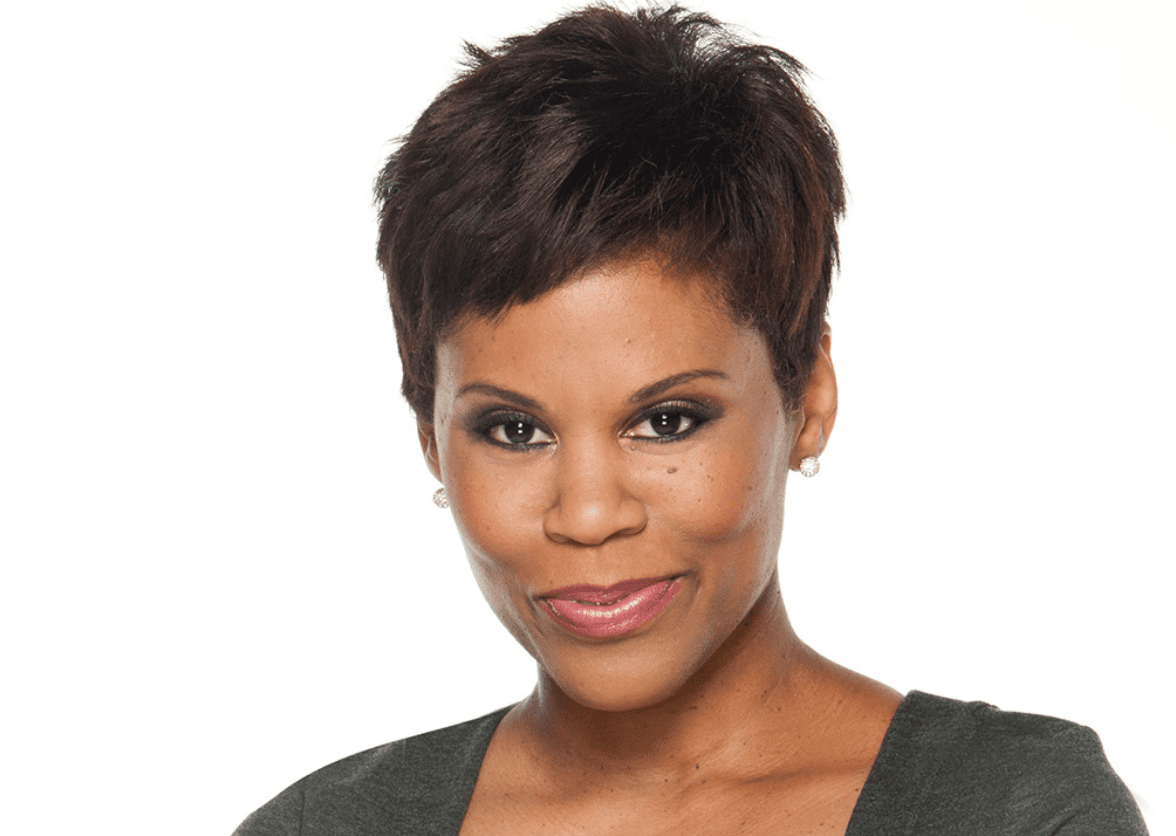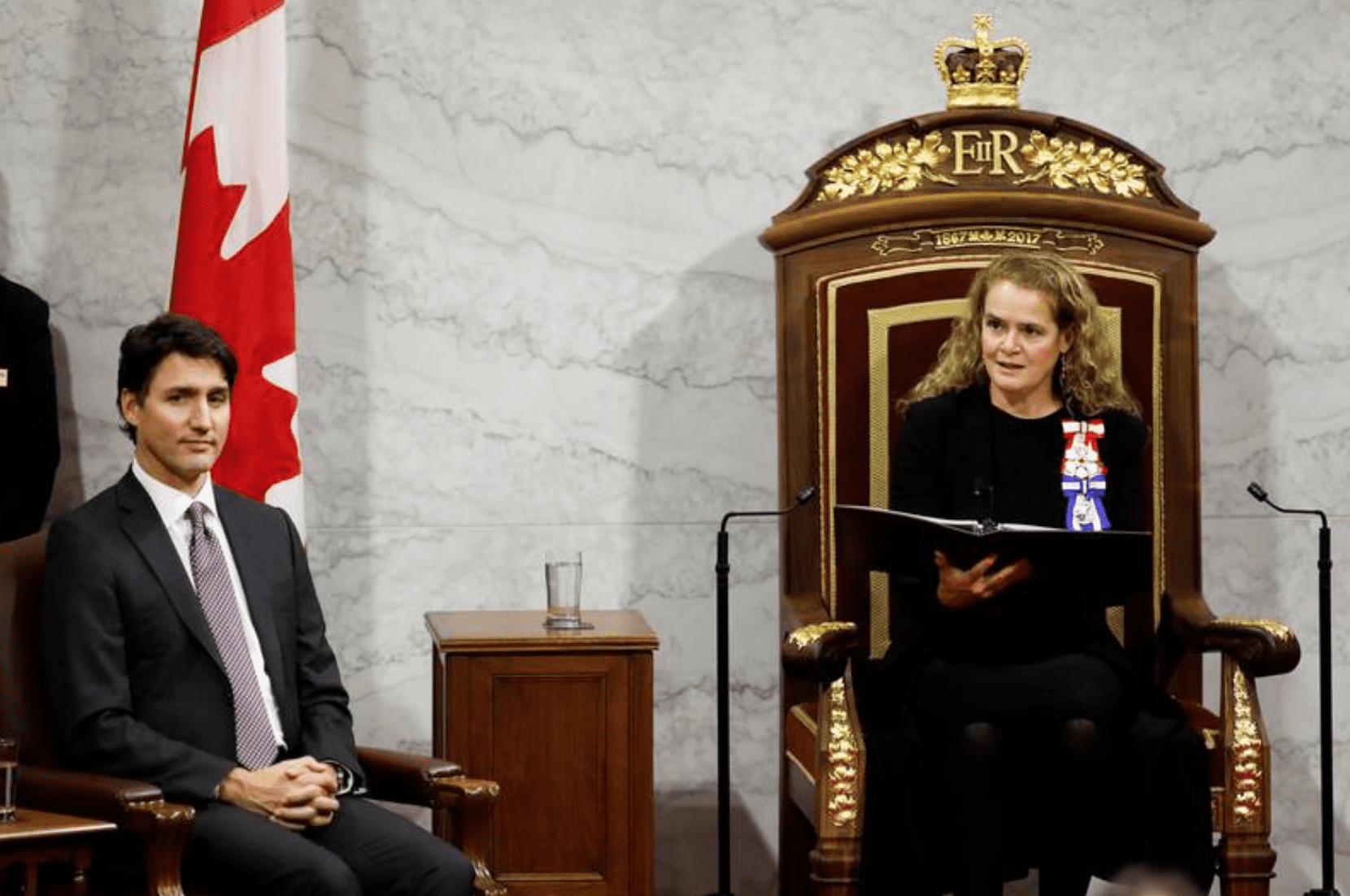Two federal byelections in Toronto got me thinking.
Prime Minister Justin Trudeau's Chief of Staff, Katie Telford, is well known for her focus on data and on supporting women in politics.
So, let's look at what the numbers tell us in the microcosms of byelections to see if the PM is supporting diverse candidates in these races.
In the byelections this autumn, the Liberals are running Marci Ien, a Black woman with a distinguished career in broadcasting, and Ya'ara Saks, a Jewish businesswoman. Both seats were previously held by men and, especially in the case of Toronto Centre, are Liberal strongholds.
The fact that two women are running is not the exception to the rule under this PM; on the contrary, the data suggests Liberals have "walked the walk" when it comes to supporting women and Black, Indigenous and People of Colour (BIPOC) candidates during byelections.
By my count, since Trudeau became Liberal leader, there have been two dozen byelections.
Many of these seats were vacated by retiring big shots of their respective parties names like Stephen Harper, Jason Kenney, Thomas Mulcair, Stephane Dion, Peter Van Loan, Rona Ambrose.
Of the twenty-two races that have been held already, Liberals won 55% of the races, picking up a few seats.
In these races, Liberals ran some high-profile men, like former local mayors Richard Hebert in Lac-Saint-Jean and Gordie Hogg in Surrey—White Rock in 2017, and Toronto City Councillor Adam Vaughan in 2014.
But, overall, in these 24 byelections, the percentages paint a positive picture for diversity.
By my count, exactly half of the Liberal candidates were women and of these twelve women, ten were running to replace men.
Further, seven, or 32%, of the Liberal candidates were men and women of colour, and two were Jewish.
Those are impressive stats: gender parity in terms of candidates and a full third were people of colour.
More to the point, five of those women won three replacing male parliamentarians and two are today in the cabinet (one woman lost her 2014 byelection but was elected in the general election the next year).
Assuming Liberals win the two byelections this fall, that will mean five women will have been elected through byelections, replacing five men.
That may seem like a small number it's just 1.5% of parliament but put another way, it means byelections have added potentially five Liberal women MPs to the overall eighty-eight women in parliament: byelections will have elected 5% of the women in the House.
By the same token, it is also true that of the seven BIPOC Liberal candidates, three were elected (again, one lost the byelection but won the subsequent general election). There are sixty BIPOC Members of Parliament today, by comparison, or 18% of the House. Like the women MPs, byelections could then count for 8% of the MPs of colour elected.
In particular, Marci Ien being elected would help address the fact that only 1.5% of Parliamentarians are Black, when the Canadian population overall is closer to 4% Black.
Prime Minister Trudeau has said a lot about diversity, about empowering women and ethnic minorities in politics, business and other sectors of society. He's largely delivered in terms of the candidates his party has run in byelections; that ain't nothin'.
For women in politics, and people of colour, gaining ground in terms of representation is iterative, and too slow. As Professor Erin Tolley has said, "When voters demand more diverse candidates, and parties make an effort to nominate them, the representation of diversity is more robust. Despite having the power to do so, political parties have not taken advantage of this opportunity. Their failure to act is not because they have been hamstrung by first-past-the-post, as some advocates would have us believe, but quite simply because they have chosen not to".
The professor is quite right but it is worth pointing out that in the smaller sample size of byelections, we have seen gains made because Liberals ran diverse candidates in the first place.
Photo Credit: Speakers.ca








